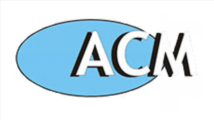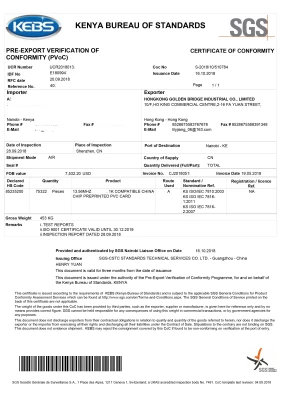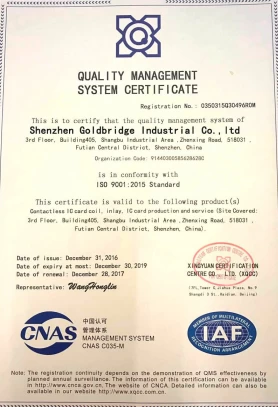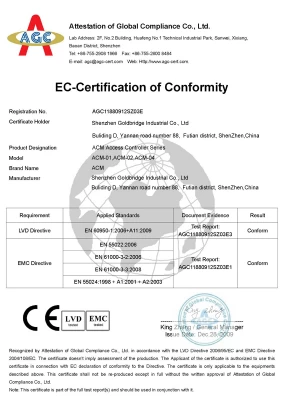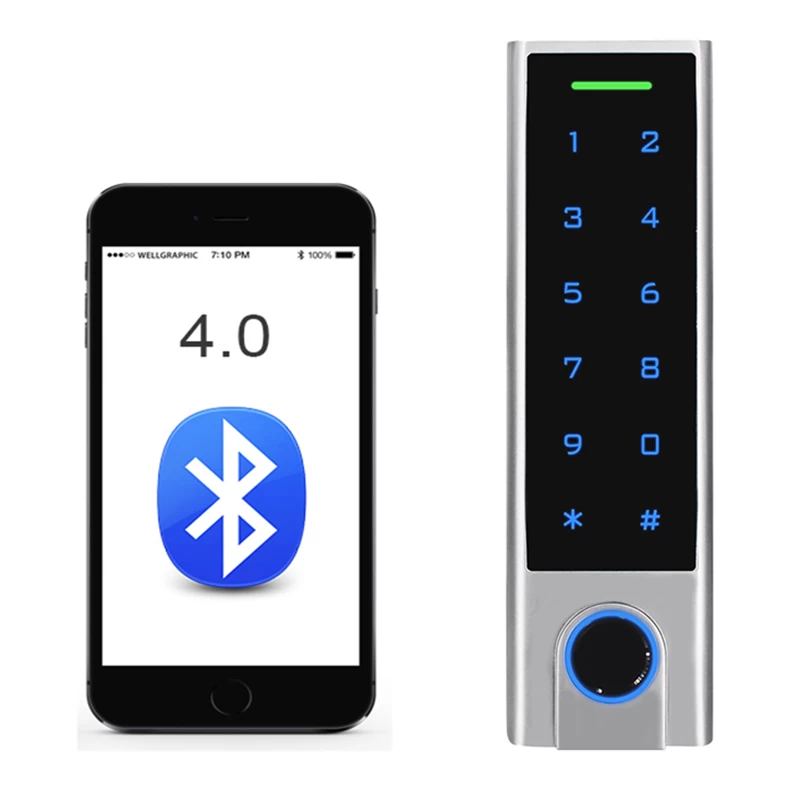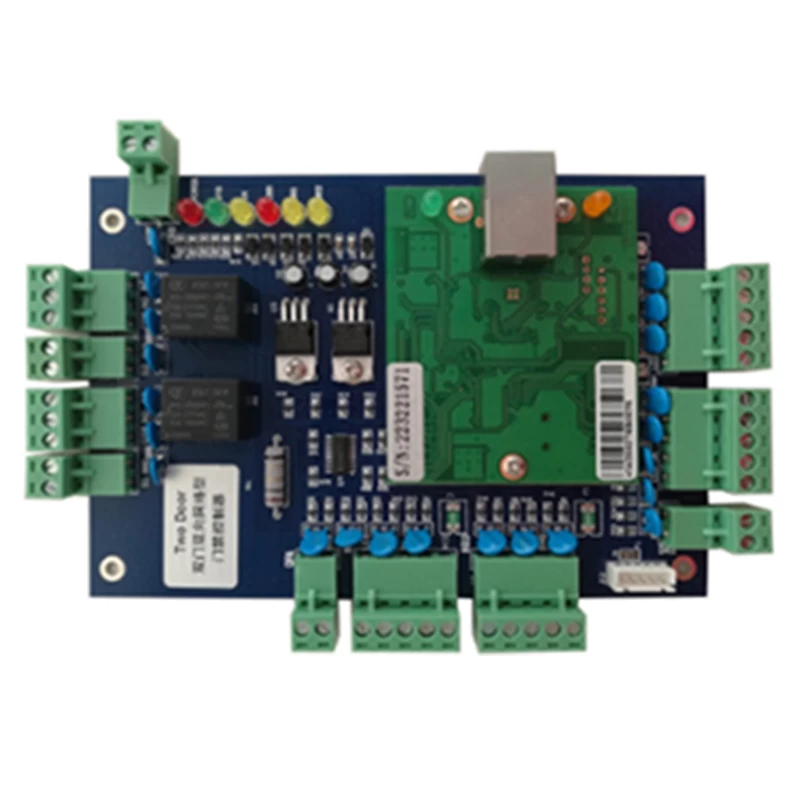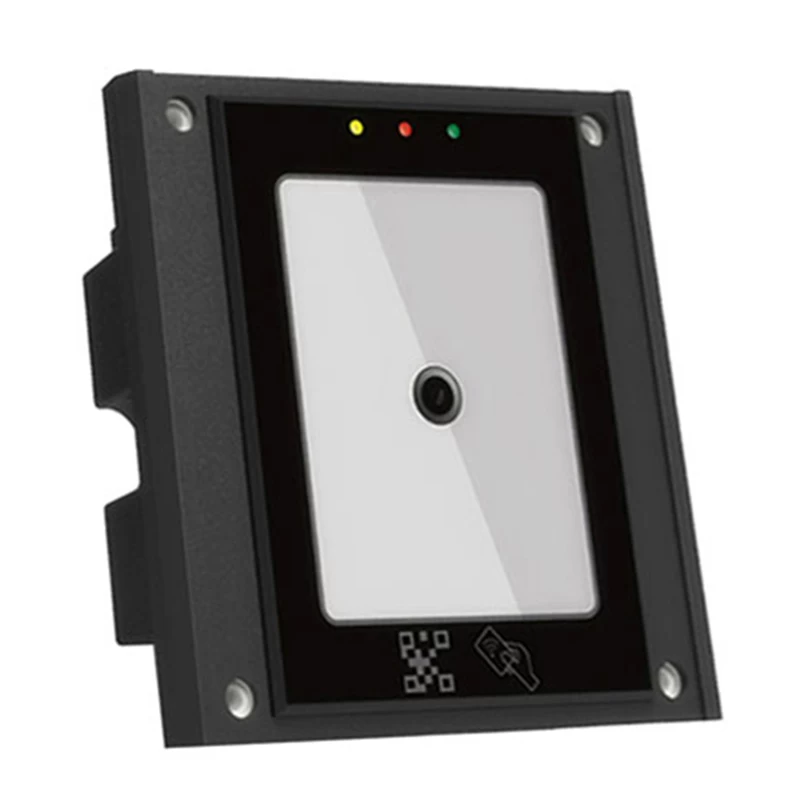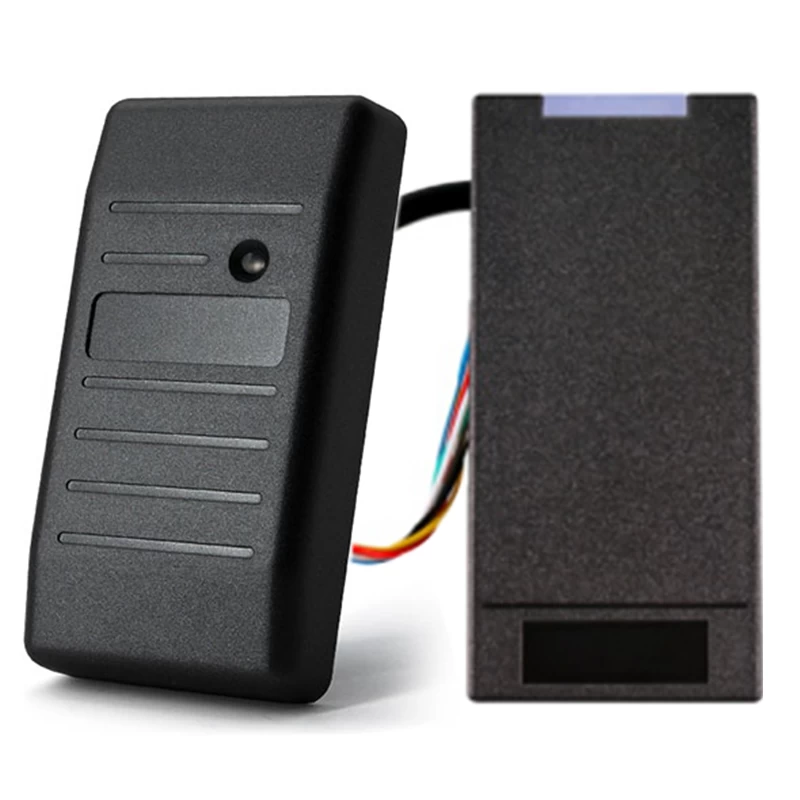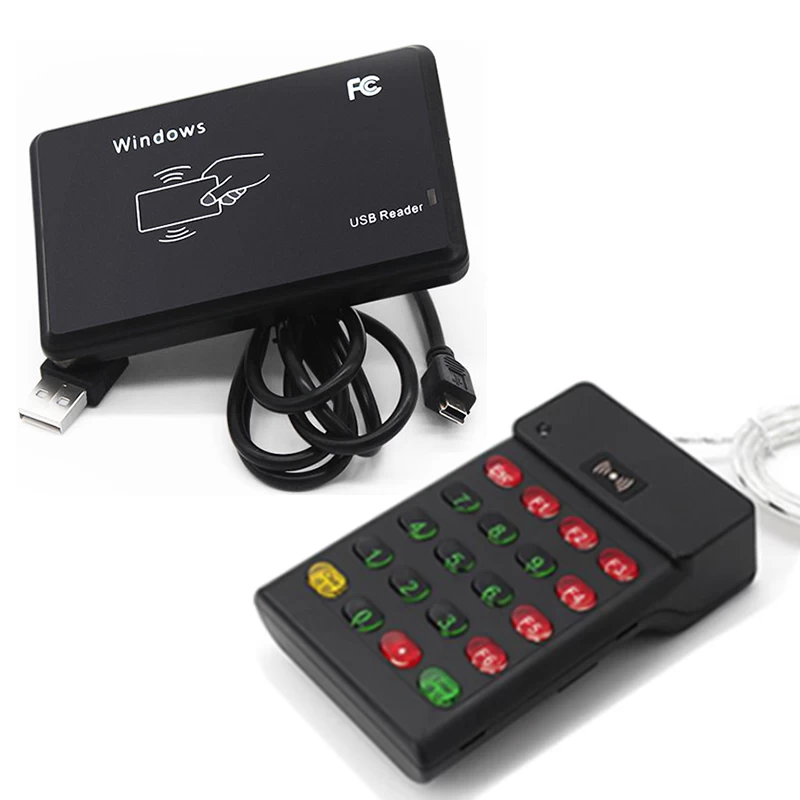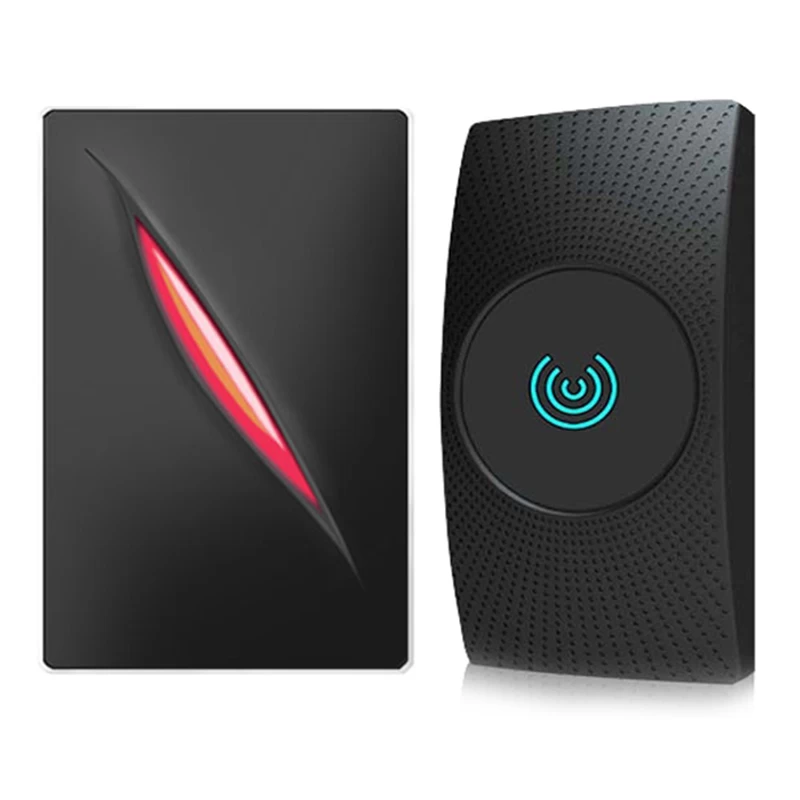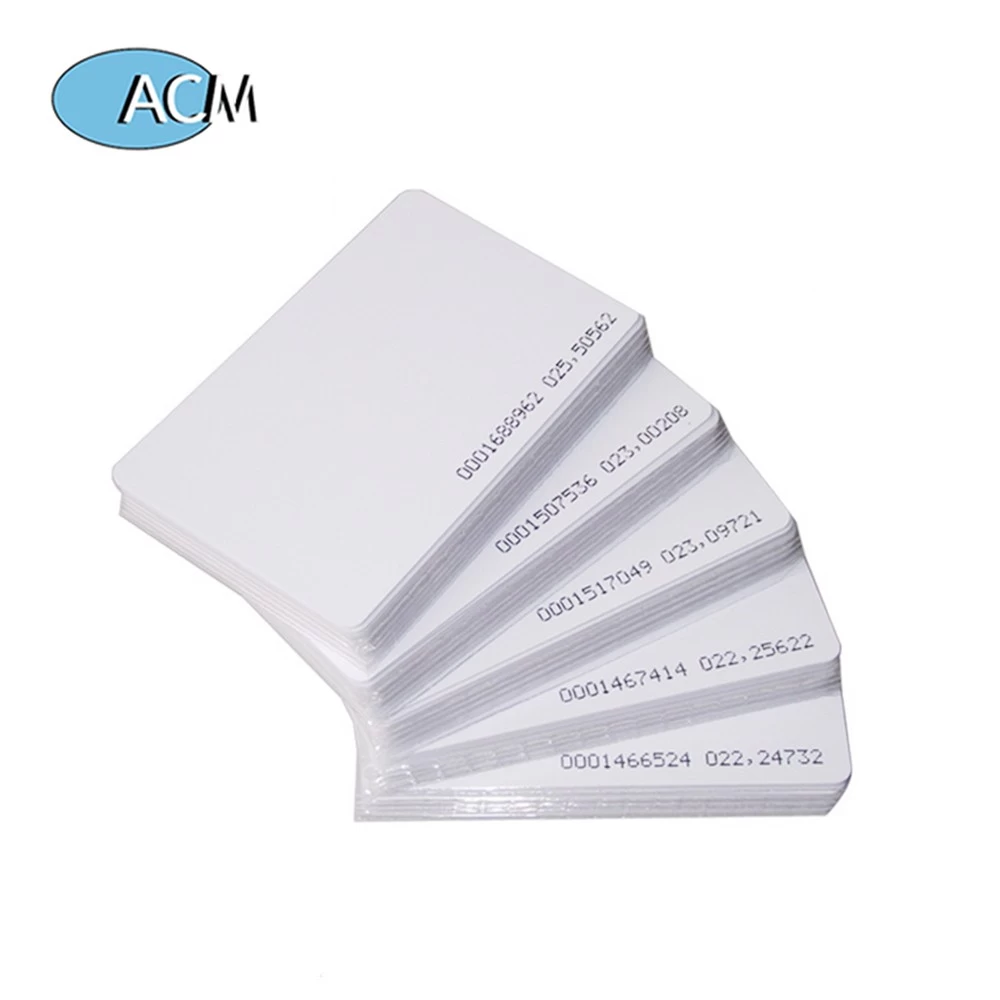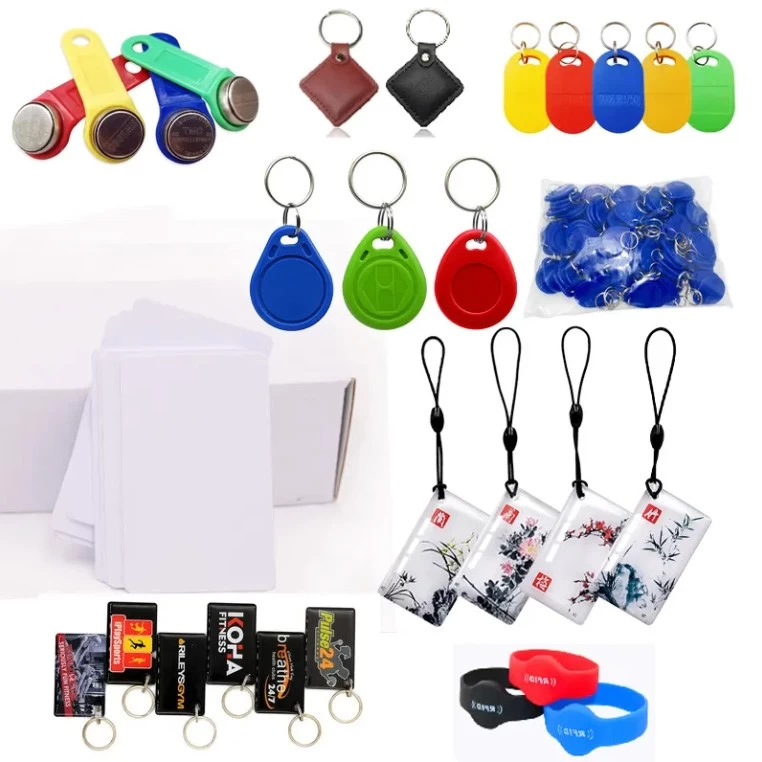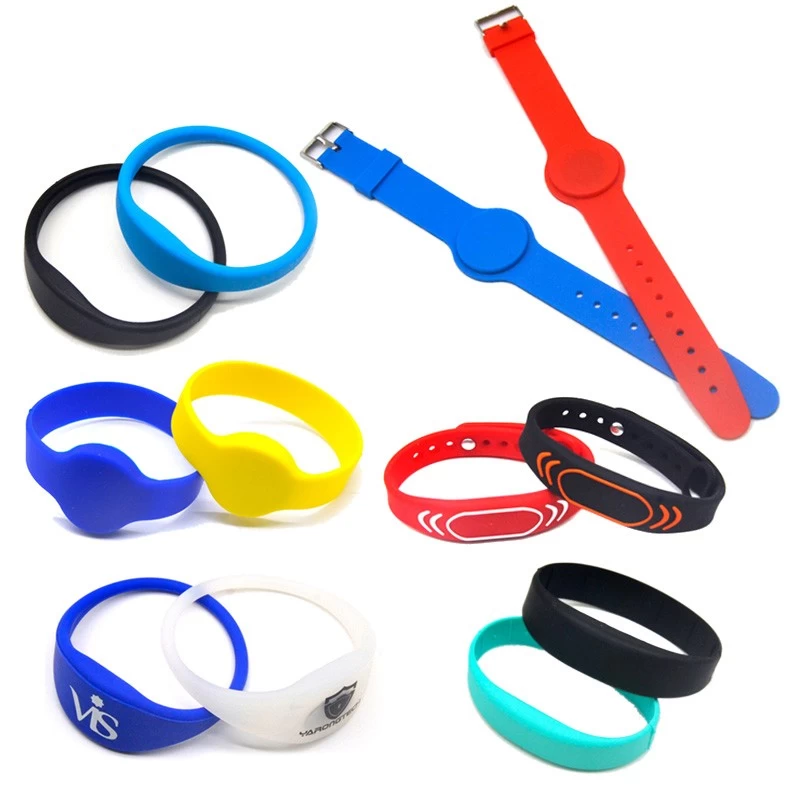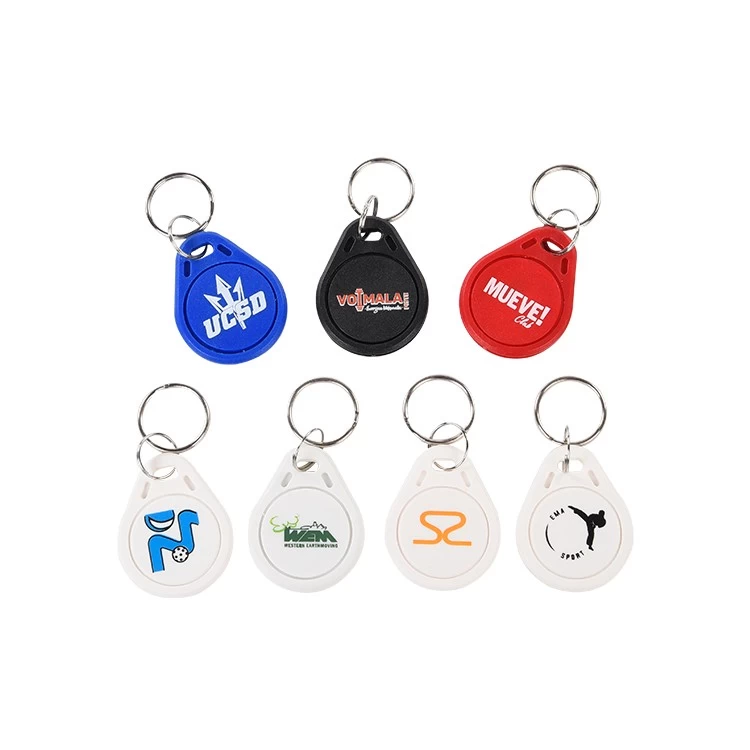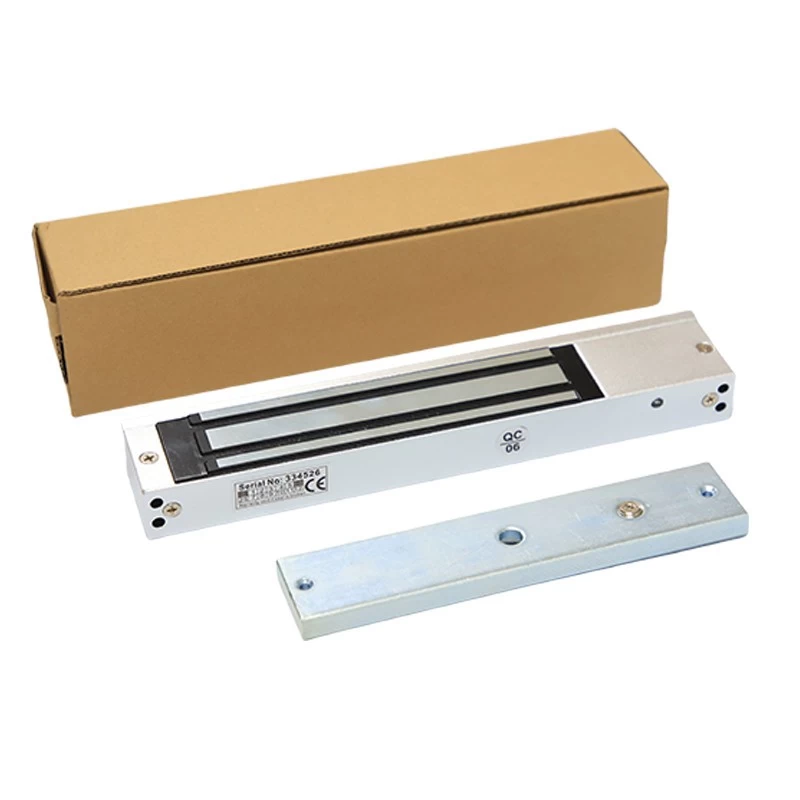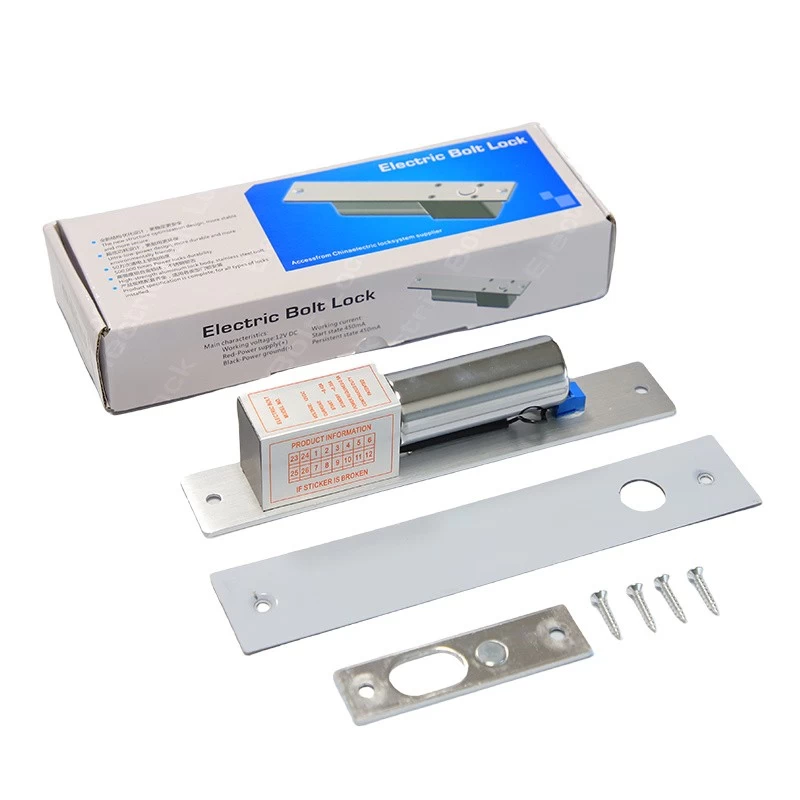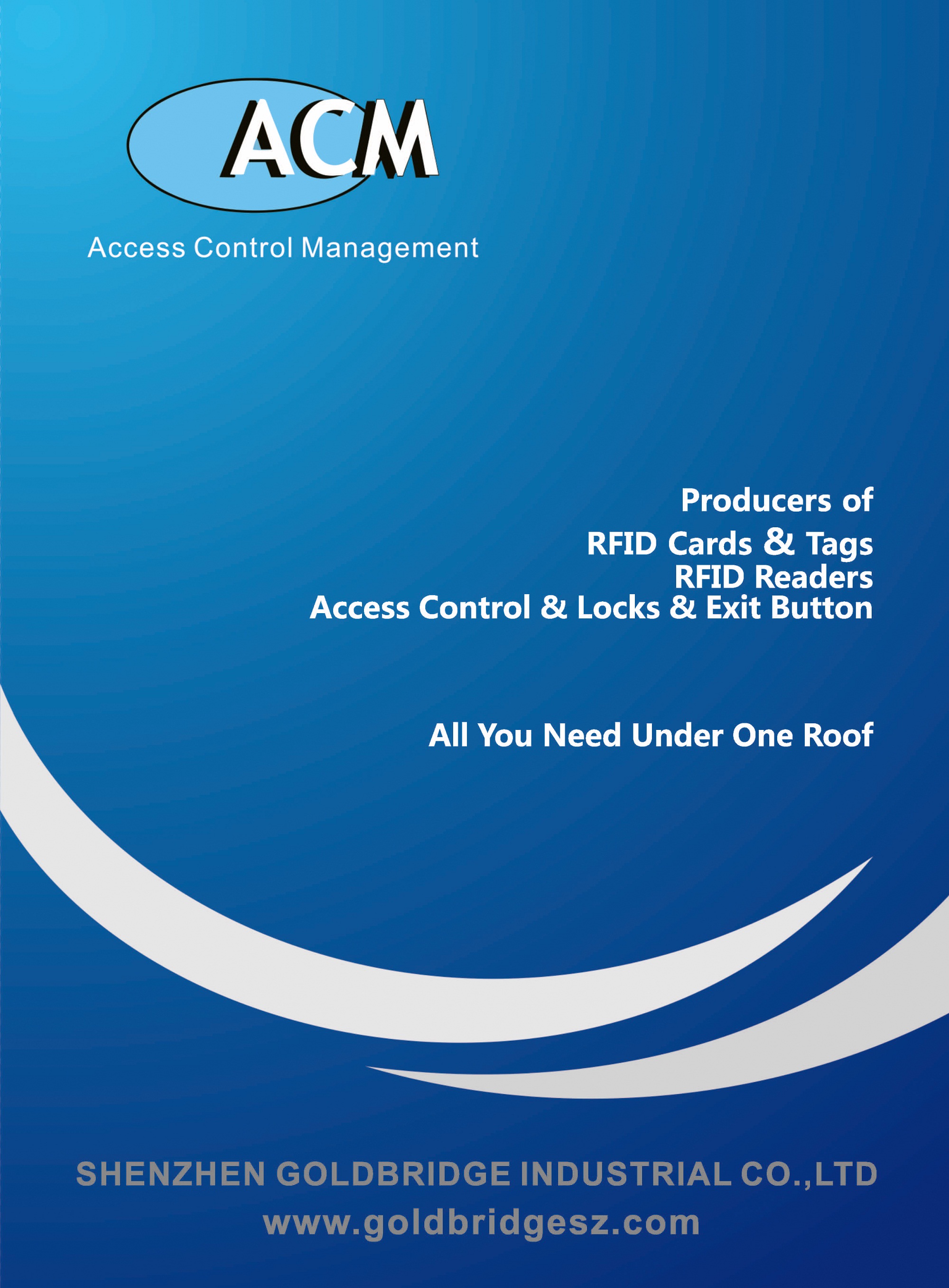7 Key Factors to Consider Before Buying RFID Tags

Radio Frequency Identification (RFID) technology has become a crucial tool for businesses across industries, from retail and logistics to healthcare and manufacturing. However, selecting the right RFID tag requires careful consideration of several factors to ensure optimal performance and cost-efficiency.
Here are the 7 key factors to evaluate before purchasing RFID tags:
-
Frequency Range – RFID tags operate at different frequencies (LF, HF, UHF), each suited for specific applications. UHF tags, for example, are ideal for long-range tracking, while LF tags work better near metals or liquids.
-
Read Range & Performance – Depending on your use case, you may need short-range (a few centimeters) or long-range (several meters) readability. Environmental factors like interference and tag orientation also affect performance.
-
Material & Durability – Consider the tag’s environment. Will it be exposed to extreme temperatures, moisture, or physical wear? Industrial-grade tags with rugged materials (e.g., silicone, epoxy) are essential for harsh conditions.
-
Attachment Method – RFID tags come in various forms—adhesive labels, hard tags, or embeddable chips. Choose one that fits your asset type (e.g., pallets, clothing, machinery).
-
Data Storage Capacity – Some tags store only a unique ID, while others can hold additional data. Determine how much memory your application requires.
-
Cost vs. ROI – While passive RFID tags are cheaper, active tags (with batteries) offer extended read ranges. Assess whether the investment aligns with your operational needs.
-
Regulatory Compliance – Ensure the tags meet regional standards (e.g., FCC, ETSI, or ISO certifications) to avoid legal or compatibility issues.
“Choosing the wrong RFID tag can lead to inefficiencies and added costs,” says Mark Johnson, an RFID solutions expert. “Businesses must match their requirements with the right tag specifications to maximize benefits.”
As RFID adoption grows, understanding these factors will help companies make informed purchasing decisions, enhancing supply chain visibility, inventory accuracy, and asset tracking.
